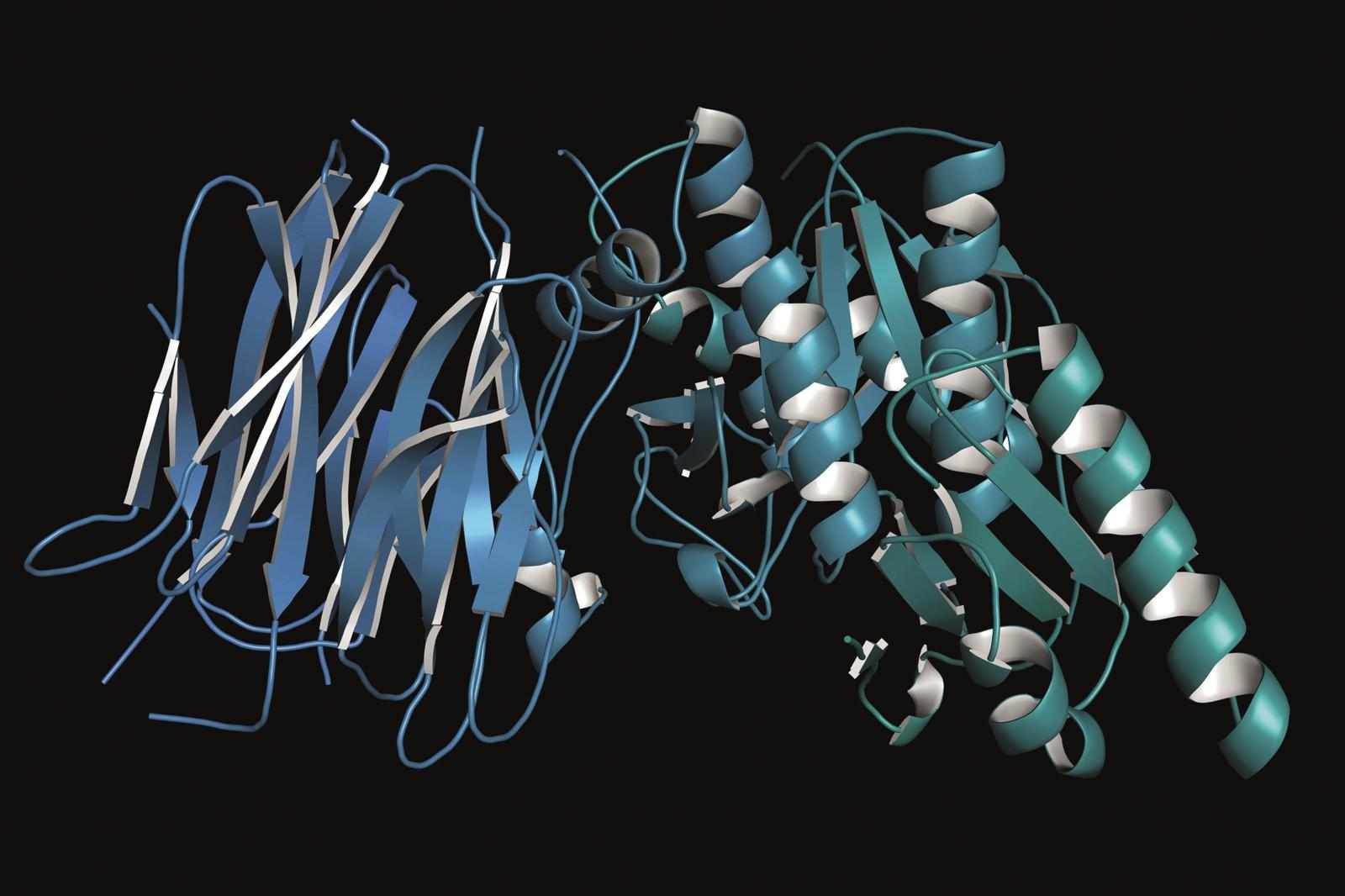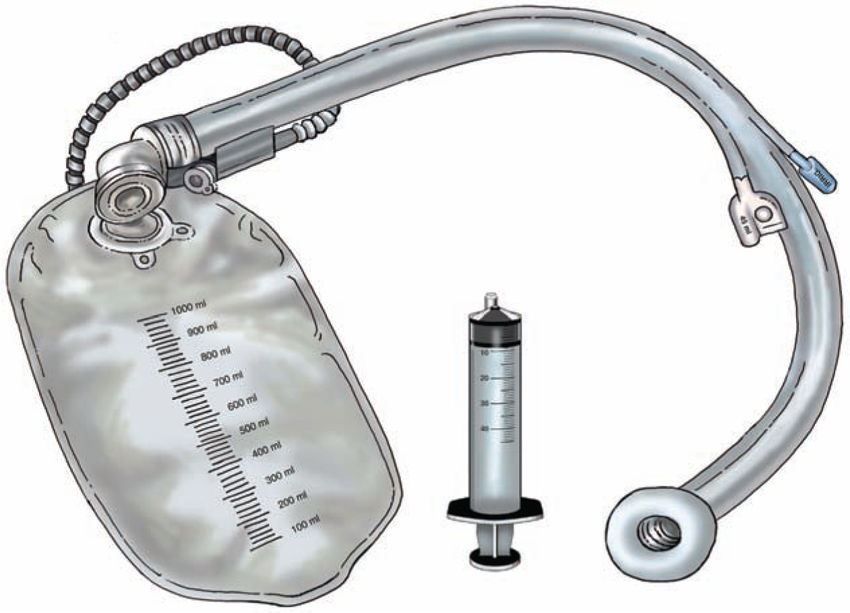
The medulloblastoma drug market is witnessing sustained expansion fueled by innovations in targeted therapies and immuno-oncology. This market benefits from increased investments in pediatric oncology and enhanced diagnostic capabilities, shaping competitive dynamics across market players.
Market Size and Overview
The Global Medulloblastoma Drug Market is estimated to be valued at USD 4.36 Bn in 2025 and is expected to reach USD 6.69 Bn by 2032, growing at a compound annual growth rate (CAGR) of 6.3% from 2025 to 2032.
The rising prevalence of medulloblastoma, combined with growing adoption of novel drug candidates and personalized medicine approaches, underscores significant market growth. Enhanced Medulloblastoma Drug Market Size insights demonstrate expanding market segments focused on molecularly targeted therapies, driving the industry size forward.
Current Events & Its Impact on Market
I. Advancement in Targeted Drug Approvals and Regulatory Guidelines
A. FDA’s Accelerated Approval of Novel Medulloblastoma Therapeutics – Potential Impact on Market
- Rapid approval of next-generation kinase inhibitors is expanding market opportunities by shortening drug development timelines and increasing market revenue potential across key geographies.
- Companies are leveraging these regulatory frameworks to prioritize pipeline assets, affecting market share distribution and enhancing medulloblastoma drug market trends.
B. European Commission’s Updated Pediatric Oncology Regulation – Potential Impact on Market
- Regulatory emphasis on pediatric-specific clinical data demands innovation in drug formulations, pressuring companies to tailor their market growth strategies accordingly.
- The harmonization of clinical trial requirements is expected to facilitate quicker market access in Europe, positively impacting market dynamics.
C. Emergence of Companion Diagnostics Integration – Potential Impact on Market
- Incorporating molecular diagnostic tools enables precision therapy and supports differentiated positioning by market players, offering strategic market growth avenues.
II. Geopolitical and Economic Disruptions Affecting Pharmaceutical Supply Chains
A. U.S.-China Trade Restrictions on Critical Raw Materials – Potential Impact on Market
- Disruption in origin and cost structures of APIs (Active Pharmaceutical Ingredients) can cause delays in drug manufacturing, restraining market growth and challenging market companies’ supply chain resilience.
B. Post-Pandemic Global Inflationary Pressures – Potential Impact on Market
- Increased operational costs influence drug pricing strategies, potentially limiting market revenue in price-sensitive regions, affecting overall industry share distribution.
C. Technological Advancements in AI-Driven Drug Discovery – Potential Impact on Market
- Adoption of AI accelerates candidate screening and optimizes clinical trial design, providing competitive advantages to first movers and reshaping market share among leading market players.
Impact of Geopolitical Situation on Supply Chain
The ongoing U.S.-China trade tensions exemplify a significant geopolitical factor influencing the medulloblastoma drug market supply chain. Restrictions imposed on crucial raw materials have disrupted API availability, a core input for several leading pharmaceutical companies. For instance, delays in procuring specialized peptides sourced predominantly from Chinese suppliers have caused bottlenecks in clinical production schedules for companies like Novartis.
This situation has led to increased lead times and higher manufacturing costs, resulting in restrained market growth in 2024. The incident highlights the vulnerability of a highly globalized supply chain amid geopolitical turmoil, demanding more diversified sourcing strategies among medulloblastoma drug market companies to maintain steady business growth.
SWOT Analysis
Strengths:
- Strong pipeline of targeted therapies and immunotherapies enhancing market revenue.
- Increasing pediatric oncology research investments improving innovation capacity.
- Established relationships of key players with regulatory bodies facilitating smoother approvals.
Weaknesses:
- High cost of drug development and clinical trials limits rapid scalability.
- Dependency on limited suppliers for specialized raw materials affecting supply chain robustness.
- Regulatory variability across regions complicates global market expansion.
Opportunities:
- Emerging markets with rising pediatric cancer incidence present untapped market segments.
- Integration of AI and precision medicine tools offers scalable market growth strategies.
- Collaborations between biotechnology startups and established pharma can accelerate product launches.
Threats:
- Geopolitical tensions and trade restrictions disrupting API supplies.
- Market restraints due to pricing pressures in low- and middle-income countries.
- Competitive pressure from off-label use of repurposed drugs impacting market share.
Key Players
- Bristol-Myers Squibb
- Biodexa Pharmaceuticals
- Novartis
- Pfizer
- Merck & Co.
-
In 2024 and 2025, several market players have engaged in strategic collaborations aimed at strengthening medulloblastoma drug pipelines. For example, Bristol-Myers Squibb partnered with an AI-driven biotech firm to expedite immunotherapy candidate identification, resulting in a 20% reduction in clinical trial initiation timelines. Novartis invested heavily in advanced molecular diagnostics, improving patient stratification efficacy, which positively influenced their market share. Pfizer expanded its production capabilities by entering joint ventures in Asia to mitigate supply chain risks, enhancing its market revenue in region-specific segments.
FAQs
1. Who are the dominant players in the medulloblastoma drug market?
Key players dominating this market include Bristol-Myers Squibb, Biodexa Pharmaceuticals, Novartis, Pfizer, and Merck & Co., all actively advancing their drug pipelines through research collaborations and innovative therapies.
2. What will be the size of the medulloblastoma drug market in the coming years?
The market size is projected to increase from USD 4.36 billion in 2025 to USD 6.69 billion by 2032, reflecting a CAGR of 6.0%, driven by enhanced therapeutic options and growing pediatric oncology focus.
3. Which end-user industry has the largest growth opportunity in the medulloblastoma drug market?
Pediatric oncology healthcare providers represent the largest segment, seeing amplified demand for novel, targeted drug therapies and precision medicine solutions.
4. How will market development trends evolve over the next five years?
Market trends will pivot towards personalized medicine, integration of AI in drug discovery, and increased regulatory support for pediatric oncology drugs, enabling faster market access and diversified treatment options.
5. What is the nature of the competitive landscape and challenges in the medulloblastoma drug market?
The market is characterized by intense competition among pharmaceutical and biotech innovators, with challenges including high R&D costs, complex regulatory environments, and supply chain vulnerabilities.
6. What go-to-market strategies are commonly adopted in the medulloblastoma drug market?
Key strategies include strategic partnerships for pipeline acceleration, diversification of supply chains to mitigate geopolitical risks, and leveraging companion diagnostics for targeted therapy adoption.
‣ Get more insights on : Medulloblastoma Drug Market
‣ Get this Report in Japanese Language: 髄芽腫治療薬市場
‣ Get this Report in Korean Language: 수막종약물시장
Author Bio:
Money Singh is a seasoned content writer with over four years of experience in the market research sector. Her expertise spans various industries, including food and beverages, biotechnology, chemical and materials, defense and aerospace, consumer goods, etc. (https://www.linkedin.com/in/money-singh-590844163 )




















Write a comment ...